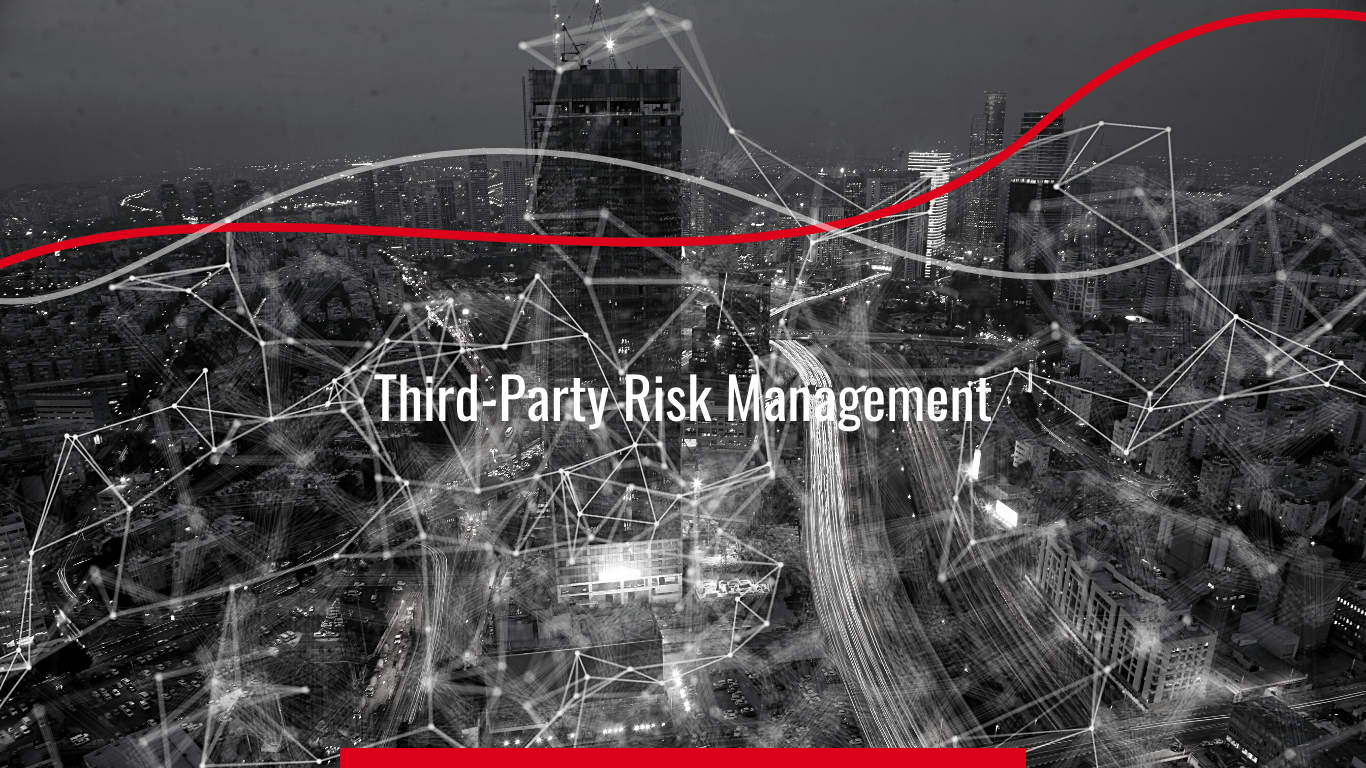
In the current world, organizations are outsourcing one aspect of business or another, but it is becoming frustrating for them to ensure the third parties are reliable, practical, and profitable for the business rather than becoming a weak link.
Do you know that 87% of businesses struggle with business disruptions when they outsource their operations?
For such issues, third-party risk management does the trick, which analyses and minimizes the risks associated with tasks outsourcing to third parties. Since third-party relationships have become crucial for streamlining business operations, it is important to understand third-party risk management and the best practices to yield the most promising outcome.
Understanding The Concept Behind Third-Party Risk Management
Third-party risk management is a process that focuses on identifying risks and reducing them, especially those related to third parties, including contractors, partners, vendors, service providers, and suppliers. It is designed to help organizations understand the third parties they are using, how they are using them, and what can protect the third parties. As far as the requirements and scope are concerned, it depends on the organization.
In addition to the organization, it also depends on regulatory compliance and industry specifics. However, the third-party risk management practices are universal and can be applied to every organization and business. It is sometimes interchanged with vendor risk management, supplier risk management, supply chain risk management, and vendor management. Moreover, it is termed an overarching discipline that includes every risk associated with the third parties.
The Potential Risks Caused by Third Parties
Organizations often have sensitive data available on their network and devices, and bringing in third parties puts them at the following risks;
- Cybersecurity Risks – with the digital growth, organizations are at a higher risk of exposure caused by cyber-attacks and online security breaches. However, these risks can be prevented through on-time monitoring and due diligence processes before the vendor is put onboard
- Operational Risks – this risk involves adverse impacts on the business processes and operations. The operational risks can be managed with the implication of SLAs, response plans, and business continuity. In fact, the organizations can also backup vendors, mainly if you belong to the finance industry
- Reputational Risks – there are different forms of reputational risks, such as poor recommendations, improper interactions, and adverse customer experience – it includes everything that can tarnish the organization’s reputation
- Legal, Compliance, And Regulatory Risks – if the third-party disturbs the compliance with legal agreements, regulations, and laws. These risks are more prone in government, healthcare, and financial organizations
The Best Practices Of TPRM
Prioritizing Vendor Inventory
When it comes down to vendors, all of them are different, which is why it is essential to prioritize the third parties. It is better to segment or categorize vendors into a different tier of criticality. The categories are divided into the following groups;
- Tier 1 – higher risk and higher criticality
- Tier 2 – medium risk and medium criticality
- Tier 3 – low risk and low criticality
In real-time, the organizations are likely to focus their resources and time on vendor 1 since they demand greater attention and diligence. For this reason, the tier 1 vendors are subjected to deeper assessments, including on-site validation and assessment. The tiers are calculated according to inherent risk – these scores are developed according to primary business context or industry benchmarks. It determines if the business will be sharing confidential business data, personal data, and critical business features with vendors.
However, the vendor impact can be a decisive point. For instance, if a third party fails to deliver the service, how will it impact your business operations? Also, it can help categorize the vendors based on their contract value (the high-budget vendors will be automatically added to tier 1 since their risks are higher due to the contract’s value).
Leveraging Tech & Automation
Business efficiency is maintained with consistent operations, and there are various areas in TPRM where automation can optimize efficiency standards. Some of these tasks include;
- Onboarding of new orders and to ensure they are added to the inventory
- Calculating the vendor tiers and inherent risk to create segments
- Assigning the mitigation actions
- Triggering the reviews for vendor performance
- Triggering reassessment of vendors
- Sending out alerts and notifications in case of risk or onboarding
- Running, scheduling, and sharing the reports
It is important to say that every TPRM is unique, so make sure you identify the repetitive operations in the business that can be automated. It is better to start with small yet practical steps rather than automating everything and losing control.
Ensure All-Time Monitoring
Once third-party risk management is implemented, it is important to ensure all-time monitoring because it helps determine if the tasks are being optimized and adapted according to the plan.
The following factors need to be monitored when a third party is involved in your business operations;
- Acquisitions and mergers
- Changes in internal processes
- Changes in contract
- Triggering events for business continuity
- Cash flow and financial viability
- Product launch/release
- Unethical conduct
- Data breaches
- Compromised employee credentials
Why You Should Make TPRM Your Priority
With the third-party risk management app or software, the organizations can scale the third-party risk management program that improves the business’s bottom line. Ranging from time savings to cost efficiency and improved data visibility to enhanced vendor performance, TPRM delivers a range of benefits to the business working with third parties. So, isn’t this enough to persuade you to prioritize TPRM?


